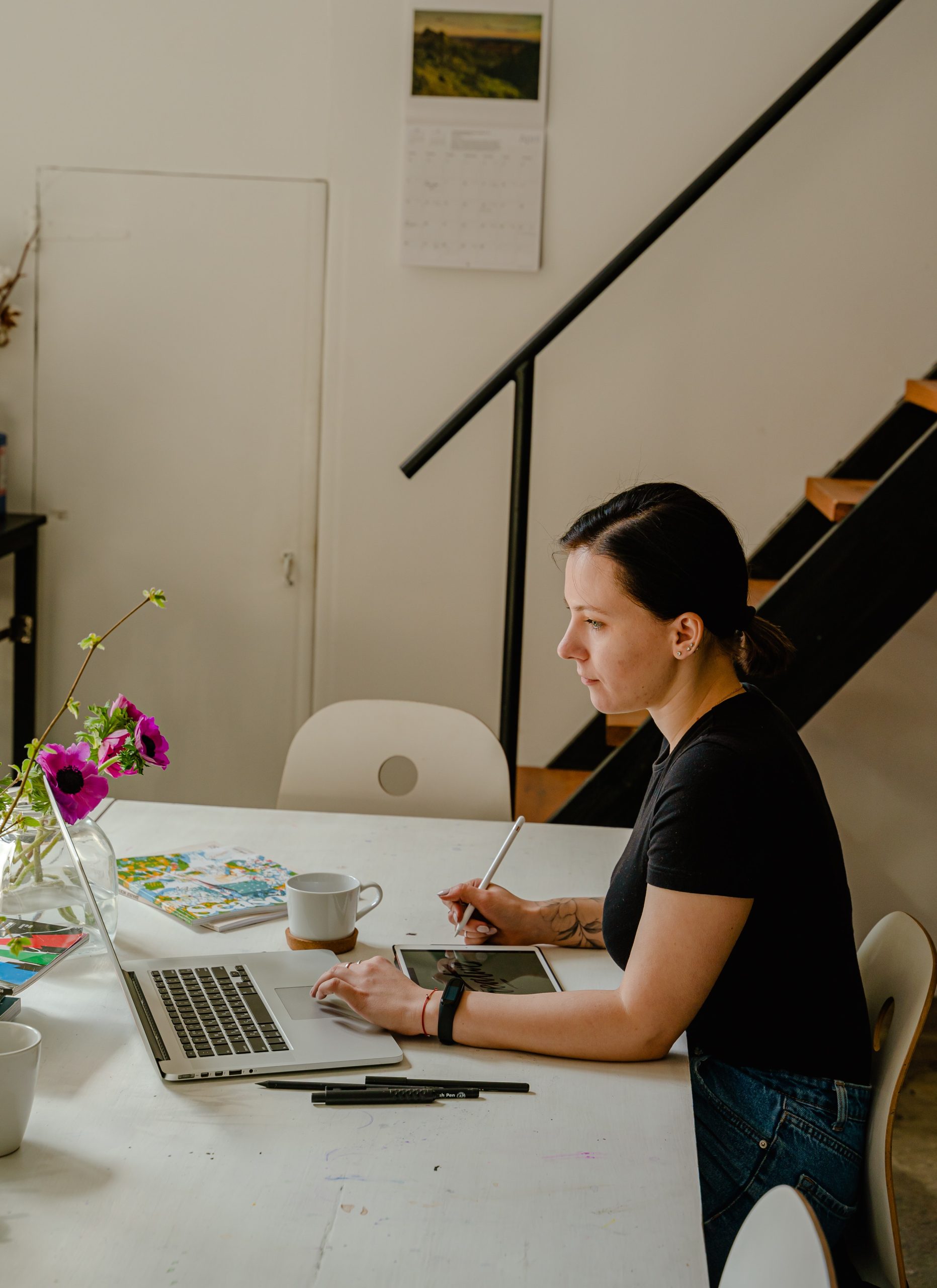Blogger, a versatile and user-friendly platform by Google, allows anyone to create and share their thoughts, stories, or business ideas with the world. While its default templates are functional, enhancing your blog with custom card layouts can significantly improve its visual appeal and readability. Card layouts—a popular design trend—are individual content blocks with distinct boundaries, perfect for organizing information in a clean and engaging manner. This guide will show you how to create beautiful card layouts on Blogger, from understanding the basics of design to implementing them using HTML and CSS.

Why Use Card Layouts?
Card layouts have become a web design staple thanks to platforms like Pinterest and Google’s Material Design. Here’s why you should consider them for your Blogger site:
– Visual Appeal: Cards break down information into digestible pieces, making your blog look organized and stylish.
– Responsive Design: Cards adapt well to various screen sizes, enhancing the mobile experience.
– Better Content Organization: Each card focuses on a single topic or post, helping readers quickly scan and find what interests them.
– Interactive Potential: Cards can include images, buttons, and hover effects, providing a dynamic browsing experience.
Key Elements of Effective Card Design
Before diving into the technical steps, let’s explore the core elements that make a card layout effective:
1. Consistency:
Ensure all cards have uniform dimensions, padding, and typography. This creates a cohesive and professional look.
2. High-Quality Imagery:
Use relevant, high-resolution images or icons to make cards visually appealing and engaging.
3. Readable Typography:
Choose clean, legible fonts. Titles should be bold and concise, while descriptions should be short and informative.
4. Spacing and Shadows:
Proper spacing between cards prevents visual clutter, and subtle shadows add depth and dimension.
5. Call-to-Action Buttons:
Include buttons or links within cards to encourage user interaction, such as “Read More” or “Learn More.”

Step-by-Step Guide to Creating Card Layouts on Blogger
1. Choose or Create a Template
You can either customize an existing Blogger template or start from scratch.
– Access Templates:
Go to Blogger Dashboard > Theme. Select a template or click Customize.
– Backup Your Theme:
Before making any changes, it’s wise to back up your current theme. Click Backup/Restore to download a copy of your theme.
2. Add Custom HTML and CSS
To create card layouts, you’ll need to insert custom HTML and CSS into your Blogger theme or a specific blog post.
Basic HTML Structure:
“`html
“`
CSS Styling:
Insert this CSS code into your theme by navigating to Theme > Customize > Advanced > Add CSS:
“`css
“`
3. Embed Cards in a Blog Post or Page
– Create a New Post:
Go to Blogger Dashboard > Posts > Create New Post.
– Switch to HTML Mode:
In the post editor, switch to HTML View.
– Paste HTML Code:
Insert the card structure HTML where you want the cards to appear.
4. Customize Your Card Layout
You can personalize the cards to match your blog’s theme:
– Change Colors:
Modify the background, button, and text colors in the CSS code to align with your brand palette.
– Adjust Dimensions:
Tweak the `width` and `height` properties in the `.card` and `.card img` sections to suit your layout.
– Add More Cards:
Duplicate the card HTML structure to add multiple cards within the container.
5. Ensure Responsiveness
Responsive design ensures your cards look great on all devices:
Responsive CSS:
“`css
@media (max-width: 768px) {
.card-container {
flex-direction: column;
align-items: center;
}
}
“`
This media query stacks the cards vertically on smaller screens, enhancing mobile usability.
6. Enhance with JavaScript (Optional)
For added interactivity, such as sliding effects or filtering options, you can integrate JavaScript libraries like jQuery or pure JavaScript snippets.
Creating beautiful card layouts on Blogger not only enhances your blog’s visual appeal but also improves user engagement. By integrating custom HTML and CSS, you can transform a basic template into a modern, organized, and stylish website. Cards offer a clean way to present content, making it easier for readers to navigate and enjoy your posts. With a bit of creativity and attention to detail, your blog can stand out and leave a lasting impression. Start experimenting today and watch your blog come to life with stunning card designs!











